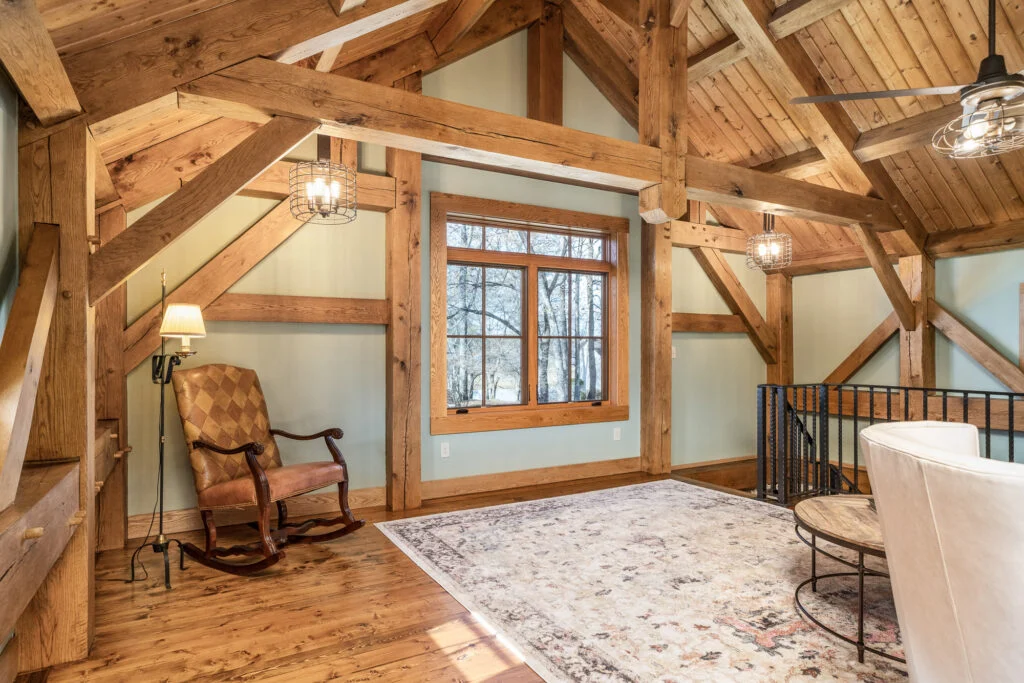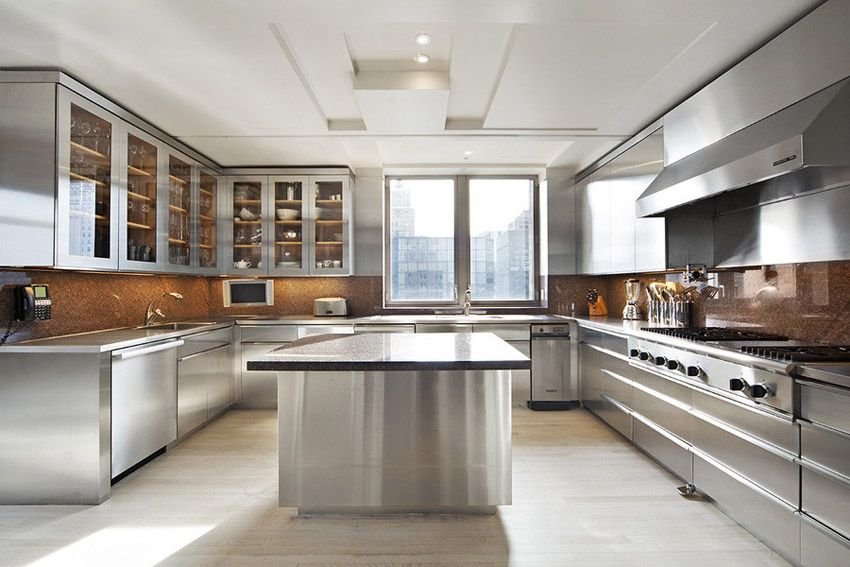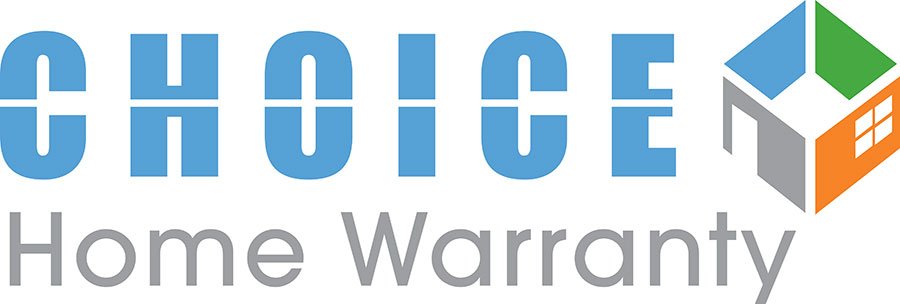Timber frame buildings are celebrated for their timeless beauty, strength, and sustainable construction. Whether you own a traditional oak-framed home or a modern timber structure, one thing remains essential: proper maintenance. With the right approach, your timber frame property can last for generations, providing both architectural charm and lasting structural integrity.
At Structural Timber Frame Ltd, we understand that investing in a timber frame building is more than just a construction choice, it’s a commitment to long-term performance. In this article, we’ll explore practical and proven ways to maintain your timber frame building so it continues to stand strong for decades to come.
1. Conduct Regular Inspections
Routine inspections are the first and most important step in preserving any timber structure. Aim to inspect your building at least twice a year ideally in spring and autumn along with a quick check after any extreme weather events.
What to Look For:
- Cracks or warping in exposed timber
- Signs of dampness or water pooling around the foundation
- Evidence of rot or fungal growth
- Discolouration or fading of finishes
- Insect activity, such as small holes or fine sawdust
Focusing on these areas helps identify potential issues before they develop into costly repairs. If you’re unsure of what to look for, it’s worth scheduling a professional assessment through our Services page.
2. Manage Moisture Effectively
Moisture is the greatest enemy of any timber structure. While timber can naturally manage humidity, prolonged exposure to standing water or high humidity levels can lead to rot, mould, or structural weakening.
Moisture-Prevention Tips:
- Ensure that your roof, gutters, and downpipes are working efficiently to divert water away from the building
- Keep the base of timber posts off the ground or sealed with moisture-resistant barriers
- Maintain adequate drainage around the foundation
- Avoid letting vegetation grow too close to the timber, as it can trap moisture
Applying a water-repellent treatment every few years is a smart way to extend your timber’s resistance to moisture. Need help choosing the right protective solutions? Reach out via our Contact Us page for personalised advice.
3. Protect Against Insects and Pests
Wood-boring insects such as woodworm, termites, and carpenter ants can compromise the structural integrity of a timber frame if left untreated.
How to Prevent Infestations:
- Treat exposed wood with insecticidal finishes or preservatives
- Keep indoor humidity levels low with proper ventilation
- Check for signs of powdery dust, small exit holes, or hollow-sounding timber
If you suspect insect activity, seek help from a pest control expert immediately. Quick intervention can save your structure and reduce restoration costs.
4. Maintain Protective Finishes
Finishes like stains, oils, and paints not only enhance the visual appeal of your timber but also serve as the first line of defence against weathering.
Finishing Tips:
- Use UV-resistant treatments for exterior timber to prevent fading and splitting
- Reapply finishes every 3–5 years or as recommended by the product manufacturer
- Avoid oil-based paints that trap moisture beneath the surface
At Structural Timber Frame Ltd, we can advise you on finish options that complement your building’s aesthetic while offering long-term durability. Explore these solutions on our Services page.
5. Ensure Proper Ventilation
Ventilation helps timber “breathe,” reducing the chances of condensation, mould, and internal damp issues especially in roofs, lofts, and crawl spaces.
Ventilation Best Practices:
- Keep ventilation grilles and air bricks unobstructed
- Ensure lofts and roof voids have airflow across all areas
- Install vapour control layers during construction or renovations
These strategies ensure that internal moisture levels remain within acceptable limits, safeguarding the frame’s long-term health.
6. Monitor Settling and Structural Movement
Like any building, timber frame design homes may experience minor settlement or shifting over time especially during the first few years after construction. Keep an eye on:
- Gaps in joints
- Creaking or movement in floors
- Slight movement in walls or rooflines
While most of these changes are normal, sudden shifts or continued movement could indicate an underlying issue. If you have concerns, our team is happy to assist just get in touch.
7. Schedule Professional Maintenance Checks
Even with vigilant care, certain maintenance aspects are best handled by professionals. A periodic inspection by a timber frame expert ensures that no issues go unnoticed and that the building remains safe and structurally sound.
Our team at Structural Timber Frame Ltd can assess, repair, and protect your building using proven techniques and quality materials. Whether you need advice on retrofitting, repairing damaged beams, or applying weather protection, we’re here to help.
Final Thoughts
Timber frame buildings are as much about character and craftsmanship as they are about strength and sustainability. With regular inspections, moisture control, protective treatments, and expert support, you can ensure your investment stands the test of time.
For tailored advice or to book a maintenance consultation, visit our Contact Us page today. To learn more about our full range of services, head over to our Home Page or browse our Services section. Protect your timber. Preserve your future.




